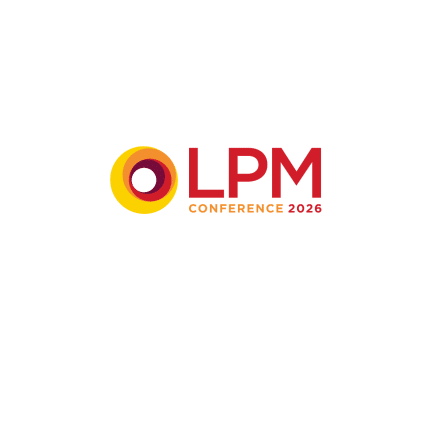
Improving the use of technology in the legal industry
Any tech-focused business change should be founded on strong motivation and intent in order to be successful, according to Karl Southern, technical solutions and client advisor, LexisNexis Enterprise Solutions.
As a keen photographer, I’ve learned that getting a good enough shot in the camera is better than striving for perfection and missing the picture altogether. So my mantra is, ‘good and done is better than perfect but not finished’.
It’s an approach I try to take forward to improve the use of technology. For me, good and done means something that works and delivers value as early as it can. It’s important to say that ‘done’ is not the same as ‘finished’ in this context. There is always room for further improvements.
A few factors that I think play key supporting roles on the journey to good and done include – motivation, intent and implementation.
I’ll start with motivation because it’s the bedrock of any meaningful change. Projects often fail because they don’t resonate. And if we don’t know why we’re doing something, how can anybody else share our enthusiasm?
Teasing out the motivation for a project can get uncomfortable. Don’t be afraid to drill down. Those with quality management leanings will have heard of the ‘five whys’ – a simple technique to help with root cause analysis. You can use a similar process to drill down to better answers – just keep asking – ‘why?’
Once you have the real reason for the change, you may recognise that this is not an IT project at all. And that’s OK, it isn’t heresy – change shouldn’t always be about technology. Who determines motivation? Usually, it’s the stakeholders. Understanding their real reasons for change helps prioritise and justify it as the project unfolds.
Next, we have intent. I see this as explaining how the change needs to operate to drive your desired outcomes. Understanding intent is where the experts in your operational areas come to the fore. Please encourage them to take this crucial opportunity to explain how they want this to work – as they understand the context better than anyone, which helps frame the intent.
We can now move on to implementation. Typically, this sits in the broad IT church, complete with its analysts, architects, experts in infrastructure, trainers, developers and domain experts. Implementation defines the software, services and skills that deliver the intent.
In summary, the questions to ask before embarking on a tech project are:
- Why do we need to do this? (motivation)
- how does it need to work? (intent)
- what do we need to deliver it? (implementation)
Answering those with a combination of honesty and pragmatism leads to that blissful state of ‘good and done’.



